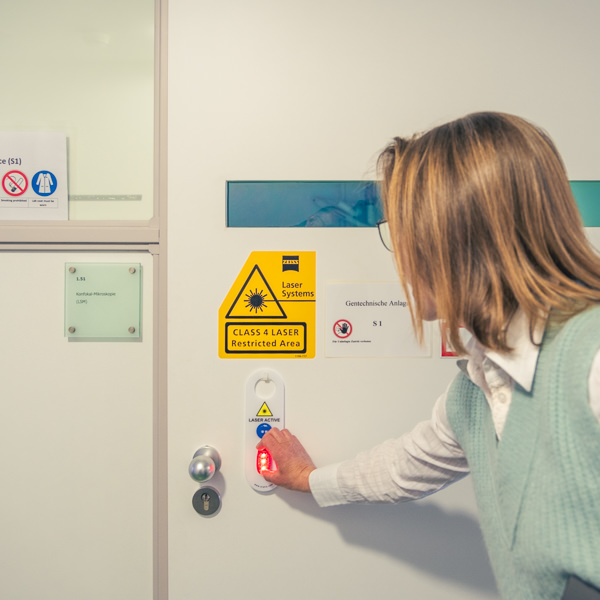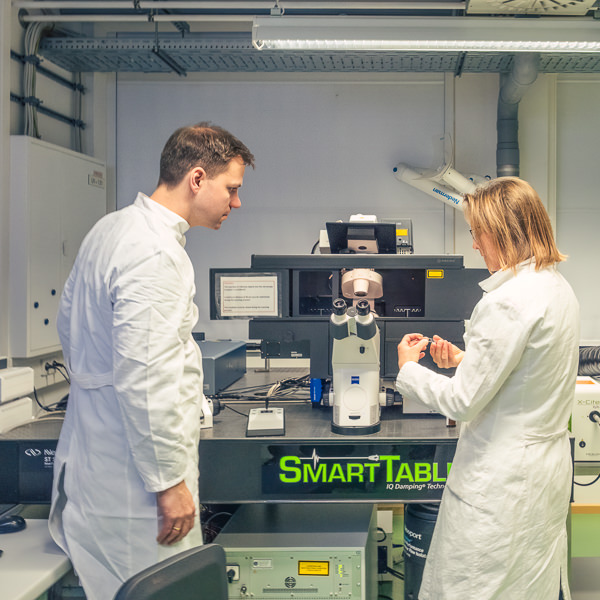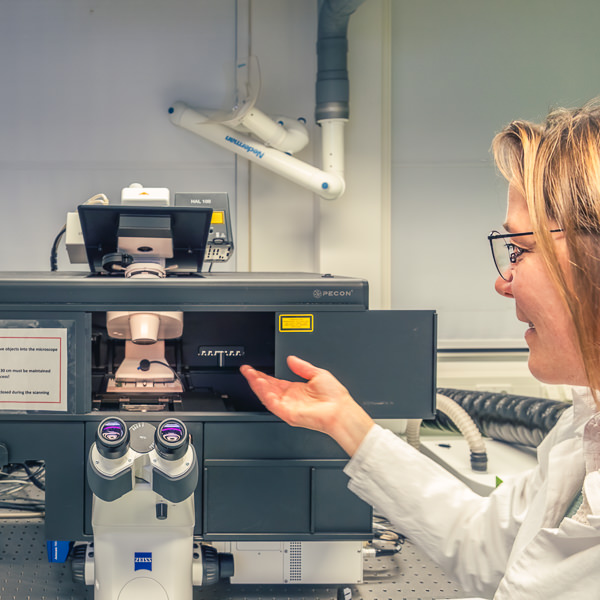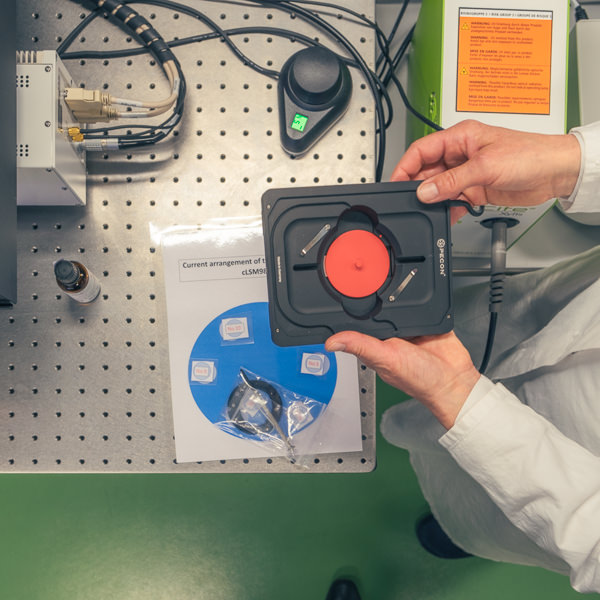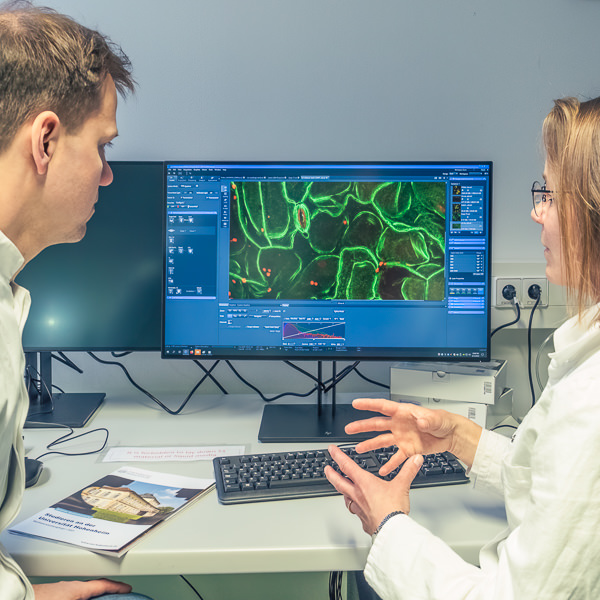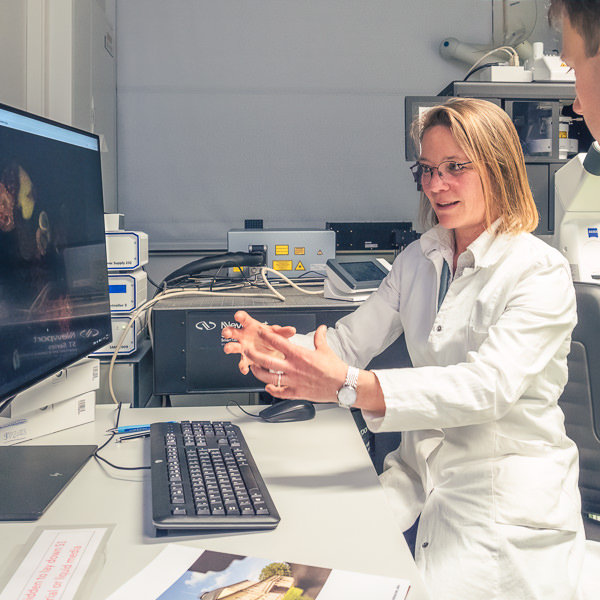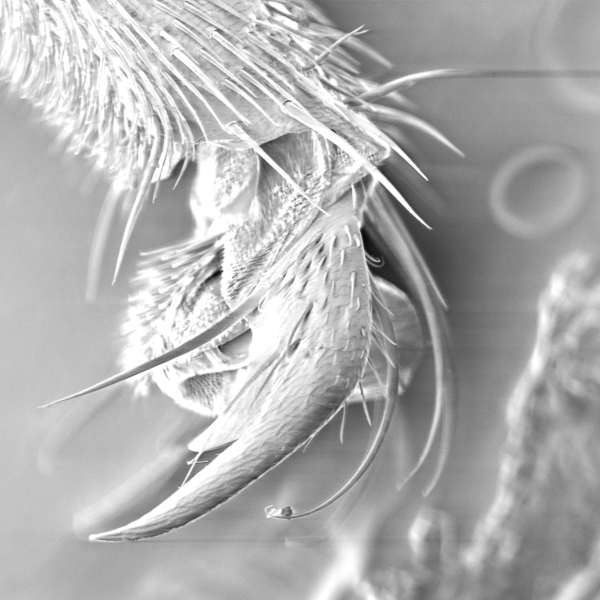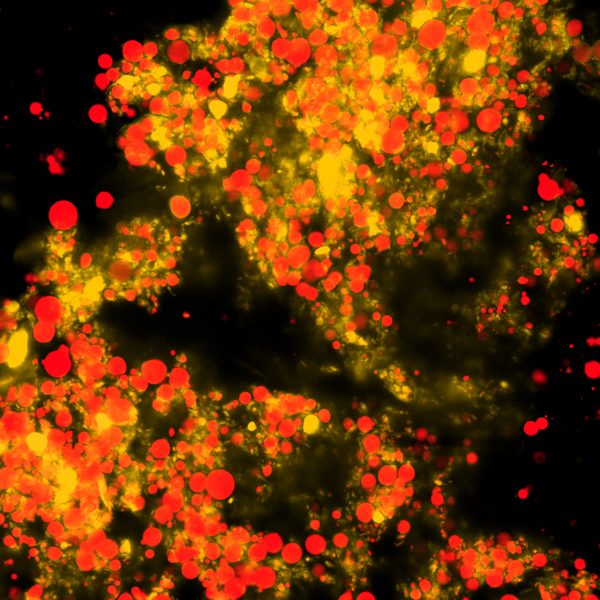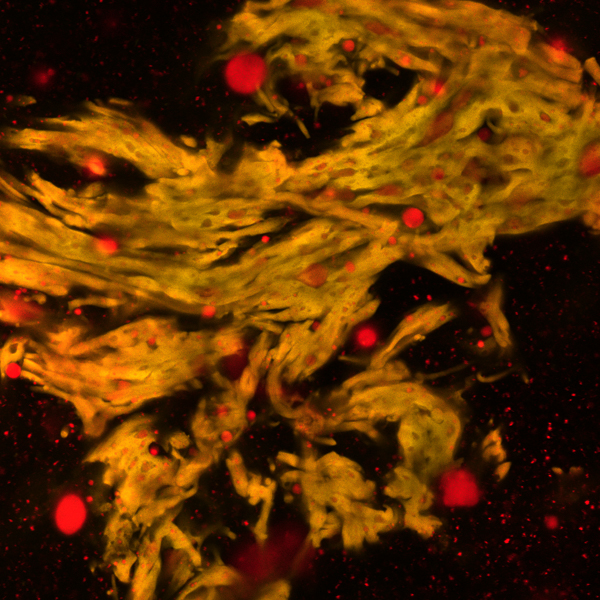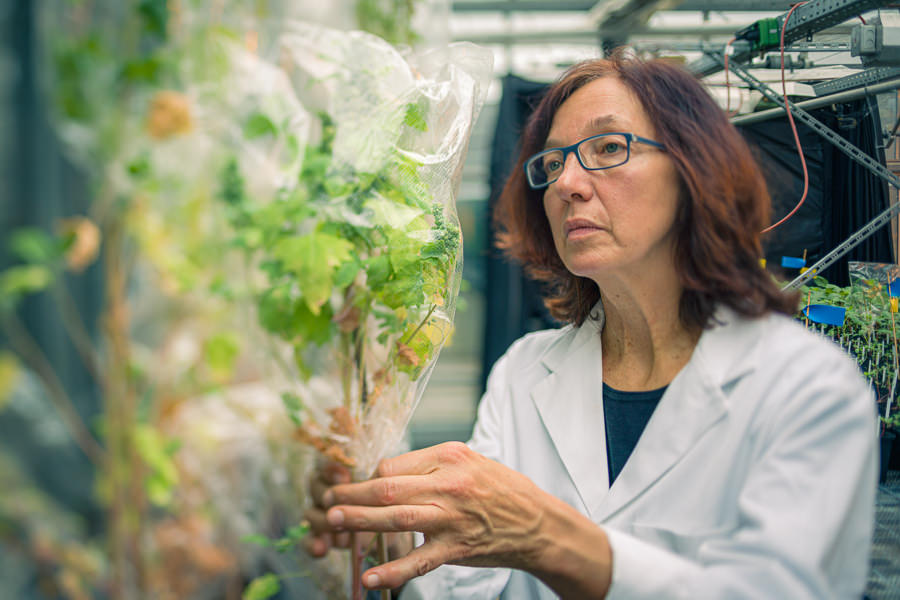
Basic Research: Understanding How Plants Work
Drought stresses or viral diseases of plants are a major threat to global food security. At the University of Hohenheim scientists collaborate with colleagues everywhere to get to the root of the problem. If we knew more about how plants really worked inside, we could make them more resistant and increase yields.
Plasmodesmata: Plant Cell-to-Cell Communication
Plant cells communicate with each other through channels built between them. The channels which bear the scientific name plasmodesmata lead from an opening, or pore in one cell’s wall to a pore in another cell’s wall. Through the channels, information and substances such as lipids and proteins flow to and fro ensuring the overall health and functioning of the organism.
We don’t yet entirely understand plasmodesmata and the way they work. That is why Professor Dr. Waltraud Schulze of the Department of Systems Biology at the University of Hohenheim is part of a national collaborative project called SymPore – Plasmodesmata as Symplasmic Pores for Plant Cell-to-Cell Communication.
Understanding how plasmodesmata function is particularly important if we want to gain insight into how yield is generated or how the plant integrates development signals and information from its environment.
But why is it important to know so much about plants?
Understanding what is going on inside the plant is important to increasing the quantity and quality of the crop. If we want plants to grow strong and rich in proteins, we know that we need to feed them and the soil in which they grow with various nutrients. Consequently, we have added more fertilizer to the soil, only to find that we have created unwanted and even dangerous effects on the environment.
- If we knew more about how a plant controls its food intake and uses the nutrients provided by the soil, we could adjust the amount of fertilizers and spare the environment. Maybe we could even bring the plant to process the available nutrients in a more profitable way.
- If we knew more about how the plant cells communicate with each other, we could protect crop yields threatened by viral diseases which are spread through viral proteins being transported via plasmodesmata channels.
- If we knew more about how the plant integrates development signals and information from its environment, we could help it overcome drought and other environmental stresses. It would be possible to have nutritious crop yields even in adverse circumstances.
To gain this knowledge, our scientists need a coordinated network of equipment that has only recently been updated. It is housed in the Core Facility Hohenheim one of the university’s central facilities.
High-end Omics: The Core Facility Hohenheim
In an inauguration event in April 2023 the so-called Imaging Unit was presented to the public. Its instruments take up the technology the Core Facility Hohenheim (CFH) already has in store for up-to-date research another notch.
The equipment was purchased with EU funding from the ERDF (European Regional Development Fund) in the amount of € 2.6 million. The invitation to tender by the Ministry of Science, Research and the Arts of Baden-Württemberg (MWK) for the ERDF program was made possible by a top-up from the REACT-EU Recovery Assistance Program.
Hohenheim Imaging Unit
The Hohenheim Imaging Unit and all the other great technology that the Core Facility (CFH) has in store for our scientists are the basis for chemical analyses, metabolomic, proteomic and ionomic research as well as statistics and data analysis.
Scientists and students from the University of Hohenheim as well as external customers, do not only have access to high-end equipment but also to highly experienced staff to help them plan and carry out their research projects.
When it comes to analyses, many scientists first think of the instrument. But it also needs someone to operate and maintain it professionally. We have a permanent staff of employees and can provide continuity.
If you want to know the composition of your meat or vegetable food samples, the Core Facility Hohenheim is the right place for you. With a confocal laser scanning microscope and a little help from the CFH staff, you can visualize and localize protein, fat and carbohydrate compounds and use the results for further research.
The CFH instruments provide also for proteome quantification, identification of proteins, peptides and post-translational protein modifications and by coupling various devices for protein analysis.
If you want to understand the adaptation mechanisms of plant cells, the CFH instruments will help you. With the super-resolution confocal microscope, you can study cellular structures and localize proteins within cells. Because the devices can be linked together, you can see the same detail at different scales – from centimeters to nanometers.
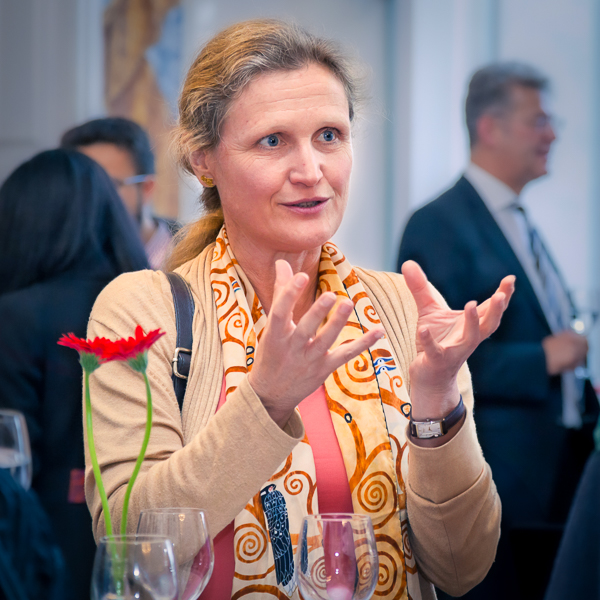
If you see a bird on a tree and then want to look at it more closely with binoculars, you will have trouble finding the same spot again. With our network of instruments, the next level of scale zooms directly to the same spot on the object under study.
Boosting Research
One of the players benefiting from these devices is BioInterAct, a research network between the University of Hohenheim, the University of Tübingen and the Stuttgart Museum of Natural Sciences. By examining components of agricultural systems at different scales, the network aims to gain a deeper understanding to answer the big questions of our time:
- How can we feed us all but produce the food as sustainable as possible?
- What does it take to grow ressource efficient plants?
- How can we protect biodiversity?
- 151 years of experience in analysing agricultural products (1865-2016)
- 7 years working as university’s central research laboratory and analytical service unit (2016-today)
- 47 employees, among them 14 scientists and 23 assistants
- Around 80 departments and institutes from UHOH cooperate with CFH
- 20 customers from other universities or firms work with CFH
- 50.000 samples from plants, vegetables, fruits, animal products, oils, soils have been analysed for micro- or macro nutrients in 2019
The research units cooperate and exchange their knowledge on different levels within the University of Hohenheim and with partners from other universities or research organizations.
Research with us
The University of Hohenheim is Germany’s leading research facility in agricultural research and food sciences, as well as strong and unparalleled in natural, social, and communication sciences.
- Researchers of Proven Excellence
Our scientists demonstrate exceptional skills, knowledge, and achievements. - Strong Focus on Research
We are very well networked and have a unique research profile. - Scientific Research facilities
The University of Hohenheim accommodates various institutions whose structures enable joint research and teaching activities, thus creating the optimal conditions for conducting outstanding research and then transferring it outside of the university. - Dedicated Portal for Early Career Researchers
We are strongly committed to qualification in the early stages of scientific careers. - Innovation and Transfer
We promote intensive cooperation between scientists, private companies, and other societal actors. - Scientific Integrity at the University of Hohenheim
The University of Hohenheim, as a center for research, teaching, and the promotion of early career researchers, undertakes to create and continuously develop the suitable framework conditions for anchoring the culture of scientific integrity and ethics in daily scientific practice. - Professorial Appointments
Our Professorial Appointment Portal offers help for all parties involved throughout the whole process of professorial appointments. - Cooperations
On all levels, the University of Hohenheim networks with universities and research institutions with outstanding international reputation. - Research Promotion
Professional and practical support and assistance through application processes for third-party funds.
